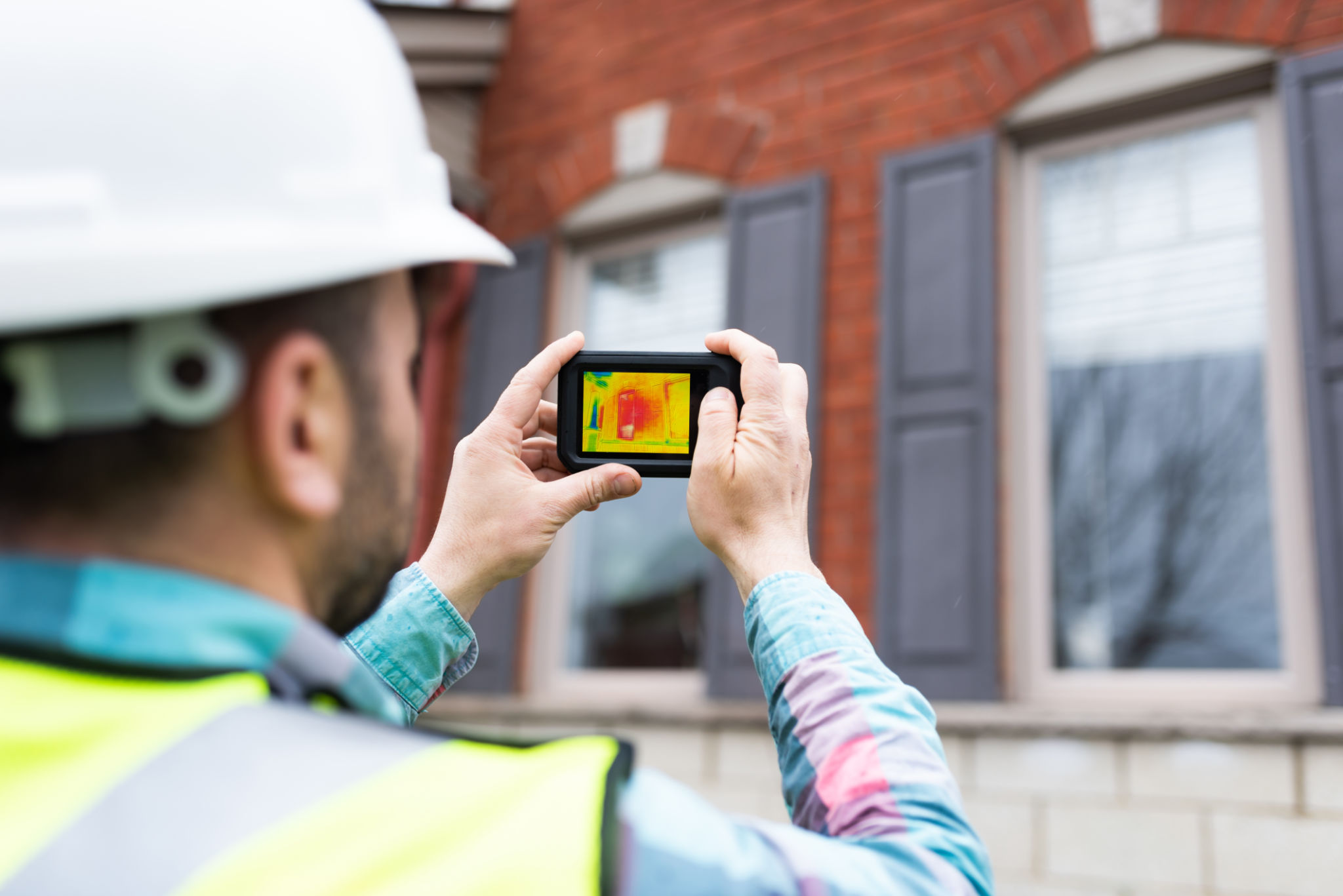Debunking Common Myths About Air Source Heat Pumps in Cold Climates
SH
Understanding Air Source Heat Pumps
Air source heat pumps (ASHPs) have gained popularity as an efficient heating solution, especially in regions looking to reduce reliance on fossil fuels. However, there's a common misconception that ASHPs are not suitable for cold climates. This blog aims to debunk these myths and provide clarity on how these systems perform even in lower temperatures.

Myth 1: Air Source Heat Pumps Don't Work in Cold Weather
One of the most prevalent myths is that air source heat pumps are ineffective in cold weather. In reality, modern ASHPs are designed to extract heat from the air even at temperatures as low as -15°C (5°F). They use advanced refrigerants and technology to efficiently transfer heat, ensuring your home remains warm throughout the winter months.
It's important to remember that while they may require a backup heating source in extreme conditions, ASHPs can still significantly reduce your reliance on traditional heating methods. This makes them a versatile and sustainable option for colder climates.
Myth 2: Air Source Heat Pumps Are Too Expensive to Operate
Another common misconception is that ASHPs are costly to run. While the initial investment can be higher than traditional heating systems, the operational cost savings often offset this over time. Energy efficiency is a key benefit of ASHPs, as they can produce three times more heat energy than the electrical energy they consume.

Additionally, many regions offer incentives and rebates for installing energy-efficient systems like ASHPs, which can further reduce upfront costs. Over the long term, homeowners can enjoy significant savings on their energy bills.
Myth 3: Air Source Heat Pumps Are Noisy
The perception that air source heat pumps are noisy is outdated. Modern units are designed with noise reduction features, making them much quieter than older models. Most ASHPs operate at a noise level similar to a refrigerator, ensuring they won't disturb your household or neighbors.
When installed properly, the noise from an ASHP can be minimized further by positioning the outdoor unit away from windows and using noise-reducing mounts. This makes them a suitable option for residential areas where noise pollution is a concern.

Myth 4: Air Source Heat Pumps Require Extensive Maintenance
Some believe air source heat pumps demand extensive maintenance compared to traditional heating systems. In fact, ASHPs require minimal upkeep, making them a convenient choice for busy homeowners. Regular checks and simple maintenance tasks such as cleaning filters and ensuring proper airflow can keep your system running efficiently.
Professional maintenance should be conducted annually to ensure optimal performance and longevity. This proactive approach helps prevent potential issues and maximizes the system’s lifespan, giving you peace of mind throughout the year.
Myth 5: Air Source Heat Pumps Are Only Suitable for New Builds
Finally, there's a misconception that ASHPs are only viable for new constructions. While they are indeed a popular choice for new builds due to their energy efficiency, they can also be retrofitted into existing homes. With advancements in technology, installation has become more straightforward and adaptable to various property types.
Retrofitting an existing home with an ASHP involves assessing your current heating system and insulation levels to ensure compatibility and efficiency. Many homeowners have successfully transitioned to ASHPs, enjoying increased comfort and reduced carbon footprints in their older homes.
